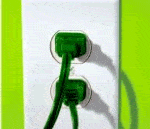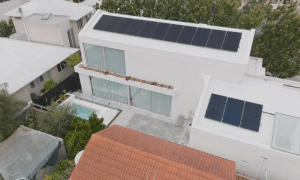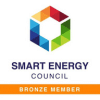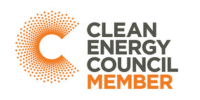Australian industry, businesses and households are continuing to use less power says the Australian Energy Market Operator (AEMO).
In the first quarter of this financial year, the AEMO observed a 3.5% reduction in electricity consumption across the National Electricity Market (NEM) compared to its forecast. This percentage represents 1,705 GWh.
It says this was due to a significantly warmer-than-average winter and beginning of spring, reductions in large industrial load electricity usage and reduced residential and commercial electricity usage.
In light of this, the AEMO has revised its full 2013-14 NEM electricity forecasts downwards by -1.3% (-2,444 GWh). Over half of this forecasted reduction will be due to warmer weather and reduced residential and commercial electricity usage.
The AEMO will continue to monitor forecast electricity consumption against actual and, if necessary, provide further updates.
While Australians are becoming more energy efficient, there’s no doubt solar power has played a role in the reduction; particularly when it comes to residential electricity consumption. More than 1 million households are now creating some or all of their electricity with solar panels.
Businesses are also becoming increasingly aware a commercial solar power system can provide electricity cheaper than what can be sourced from the mains grid.
Earlier this year, a study by the AEMO stated it was technically feasible for the National Electricity Market (NEM) to be ‘fuelled entirely by renewable resources‘ by 2030; with up to 23 terawatt-hours of electricity being generated by rooftop solar panel systems
Unfortunately, storm clouds are again gathering; threatening to cast deep shadows over the prospect of a solar Australia.
Last week Prime Minister Abbott indicated the government would take next year’s review of the nation’s Renewable Energy Target (RET) “very seriously“; saying renewable energy targets were “significantly driving up power prices” – even though the RET only represented 3 per cent of household electricity prices on average in 2012-13.












































